 Many readers will of course be familiar with your wonderfully successful creation BLACKSAD, but some might not realize it was in fact your first published book and that your background is in animation. How did you first get involved in animation as a profession?
Many readers will of course be familiar with your wonderfully successful creation BLACKSAD, but some might not realize it was in fact your first published book and that your background is in animation. How did you first get involved in animation as a profession?
JDC: I started in the animation business back in 1990, thanks to Rafa, one of my older brothers. He worked in a Spanish animation studio called Lápiz Azul and told me they were looking for artists to create a team specialized in layout. At this time, the studio was involved in several American and European productions such as Duck Tales, Batman Animated, and the Tintin series.
 That’s when you first met Juanjo Guarnido, who soon after went to France to work at Disney. How did you two stay in touch?
That’s when you first met Juanjo Guarnido, who soon after went to France to work at Disney. How did you two stay in touch?
JDC: Juanjo and I were part of the layout team. We worked together on the Tintin series for a year, and we became great friends. After that, I stayed in Madrid, making a break from the animation world to start Fine Arts studies for the next four years. Meanwhile, Juanjo was hired by Disney Features through their brand new studio in Paris. We both kept in mind our idea of creating some comic stuff together, really just for fun. That was the origin of Blacksad.
 You actually formed an animation studio with three other designers in the 1990s called Tridente Animation. What sort of work did you produce?
You actually formed an animation studio with three other designers in the 1990s called Tridente Animation. What sort of work did you produce?
JDC: That’s right. In 1995 I quit my Arts studies and join Teresa Valero (my wife), Angel Martín, and JC Moreno. We were all former Lápiz Azul pals, so we were mostly specialized in pre-production stuff: character design, storyboard, and mostly layout. Soon we made a joint-venture called Tridente-Monigotes with a partner studio that specialized in animation. That’s the way we became a fairly big studio offering our services to the biggest Film and TV producers from both sides of the Atlantic ocean. We’ve worked for studios in France, USA, England, Canada, Germany, Italy, and Denmark.
This introduced you to several European and American companies. How did those connections change the direction of your career?
JDC: We quit Tridente-Monigotes in 2006, but it was such a marvelous experience that allowed me to work on very exciting national and international projects. Thanks to animation, I met a lot of awesome artists from all around the world, and have had the opportunity to work with many of them.
BLACKSAD was first released by Dargaud in 2000 to almost immediate and massive success. It went on to spawn four more volumes translated into numerous languages, collecting all kinds of awards around the world, including several Eisner awards. Was such immediate success in the comic industry daunting?
JDC: Yes and no. I mean, nobody is prepared for a success like that because it is completely unexpected. But at the same time, it arrived at a good time in our lives and careers. Luckily, Juanjo and I weren’t rookies because of our professional experience at a high level in the animation business. That helped us to deal with it.

You followed that amazing series with the haunting two-part story FRATERNITY (collected into a single volume in English, available now from The Magnetic Collection at Lion Forge). Did you find it a challenge to write this tale in the shadow of BLACKSAD’s success?
JDC: I know without a doubt that everything I’ll do after Blacksad will be in the shadow of its success. But I also know that, thanks to Blacksad, I can now afford to pursue new and exciting challenges such as Fraternity for instance. And that’s great for a storyteller like me!
 How did you collaborate with artist Jose Munuera? Did you share ideas, or was the script already defined for him before he started illustrating it?
How did you collaborate with artist Jose Munuera? Did you share ideas, or was the script already defined for him before he started illustrating it?
JDC: Munuera and I have been friends for several years. We knew each other well, and we shared the same dream to work on a graphic novel like that. Munuera had the idea of telling a monster’s tale, inspired by B movies. On my side, I wanted to introduce some ideological conflicts and issues into my scripts. So those couple of clues was the origin of Fraternity. After that, we tried to share the whole process, more or less. Munuera brought a lot of superb dramatic and narrative ideas to me, and I, at his request, drew some characters and background design concepts.
 After FRATERNITY, you took the mantle of the classic, world-renowned character CORTO MALTESE, penning the first two original tales of the adventurer after the passing of original creator Hugo Pratt. How daunting was that task, following in the footsteps of such a celebrated master on his most defining property?
After FRATERNITY, you took the mantle of the classic, world-renowned character CORTO MALTESE, penning the first two original tales of the adventurer after the passing of original creator Hugo Pratt. How daunting was that task, following in the footsteps of such a celebrated master on his most defining property?
JDC: That’s exactly what I mean about the opportunities I have because Blacksad. I can’t hide that it’s an enormous challenge. But you only live once. Again, the lucky thing is that I’m a HUGE fan of Hugo Pratt and I have been reading Corto Maltese adventures since I was a teenager. Corto was without a doubt my favorite comic character ever, so I know him well. I try to write the same stories I always loved as a fan, and it seems that approach works for now. And finally, we work with the best artist I can imagine to continue Pratt’s graphic style, my admired friend Ruben Pellejero. He himself is a reference for a lot of colleagues who have admired his work even before becoming Corto’s official artist, such as Tim Sale, for example.
 What new elements did you want to bring to CORTO MALTESE?
What new elements did you want to bring to CORTO MALTESE?
JDC: I think our approach is to be respectful to the classic Corto Maltese books, and the old fans appreciate that. But at the same time, we have a different storytelling style than Hugo Pratt. His last Corto book, called “Mu,” was published in the 90s. I mean, the comic narrative has changed a lot since then. So we do our best to make it easy for the new generation of readers, keeping a harmony between Pratt’s legacy and our ideas.
So many of your books are period pieces set in the past. And yet your signature creation is about to get the “next generation” treatmen in the form of a video game. What are your thoughts about the upcoming BLACKSAD video game? Are you involved in its production at all?
JDC: It’s exciting to see our creation in different forms, such as video games or role playing games. It’s a pity, but we have no time to invest in such ambitious projects ourselves. But at least the producers have kindly let us to take a look, and they ask us about the plot and the visuals concepts.
 What else can readers look forward to next? Are there any upcoming projects that you are particularly excited for, or any project ideas you hope to someday write?
What else can readers look forward to next? Are there any upcoming projects that you are particularly excited for, or any project ideas you hope to someday write?
JDC: I have recently finished my third script for Corto Maltese and I’m working right now on the next Blacksad adventure. Besides that, I have published, for the very first time, a graphic novel written and drawn by myself called “Como viaja el agua” (“How the water flows”). It has already been translated into four languages, so I hope to have time and energy enough to repeat that marvelous experience.
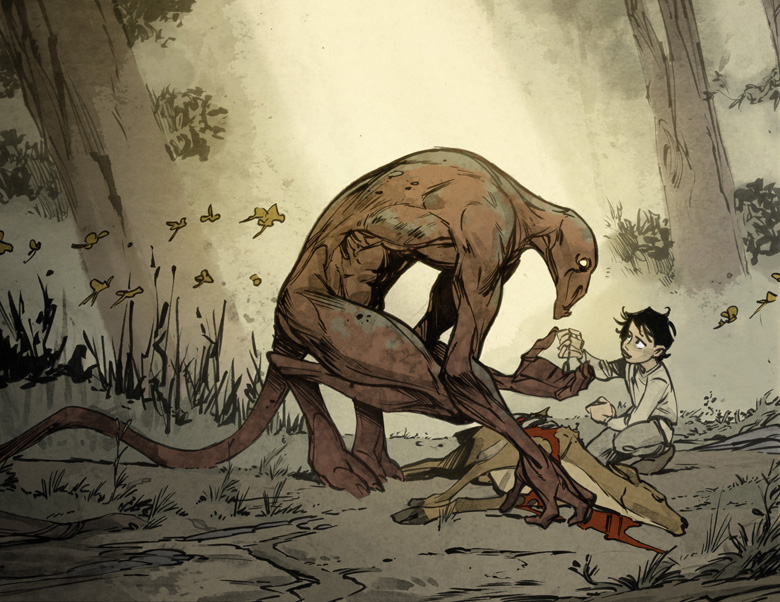
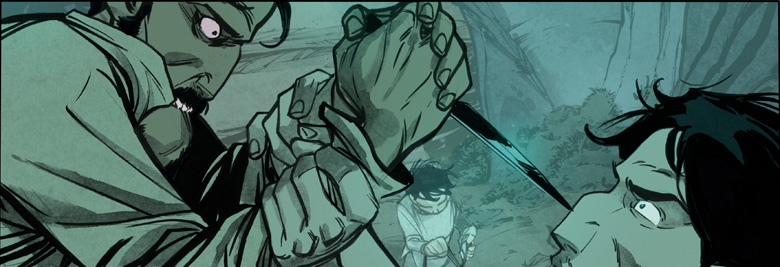


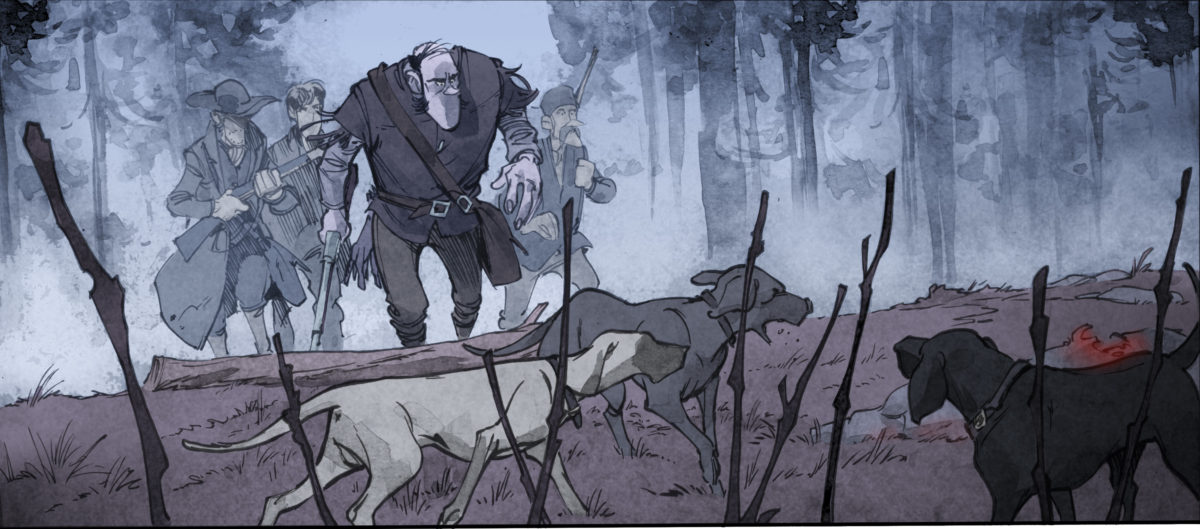
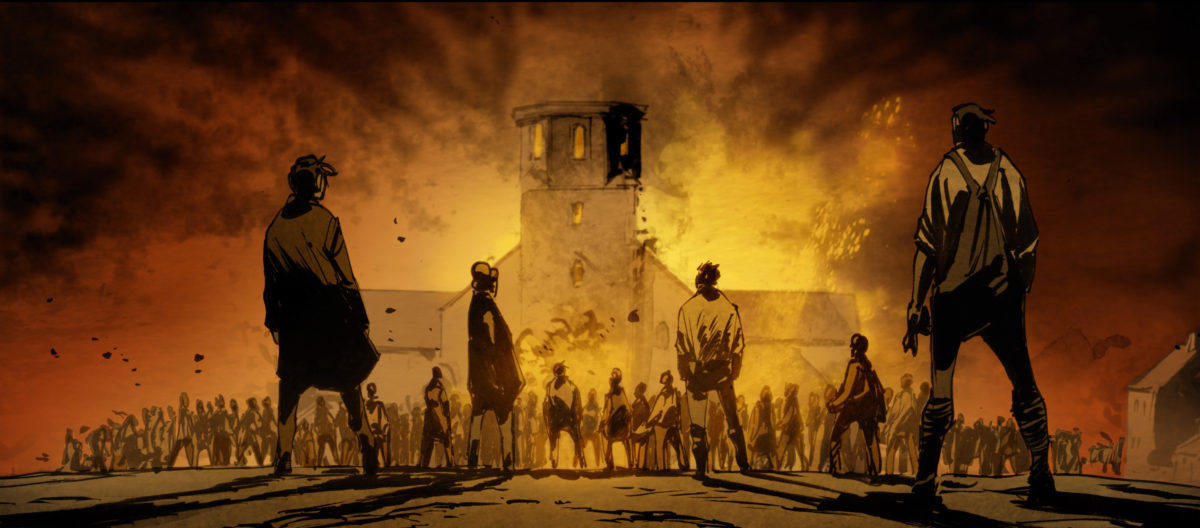
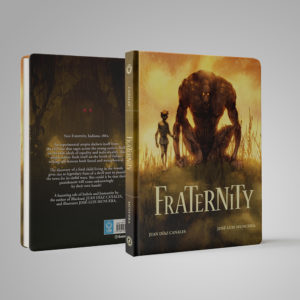


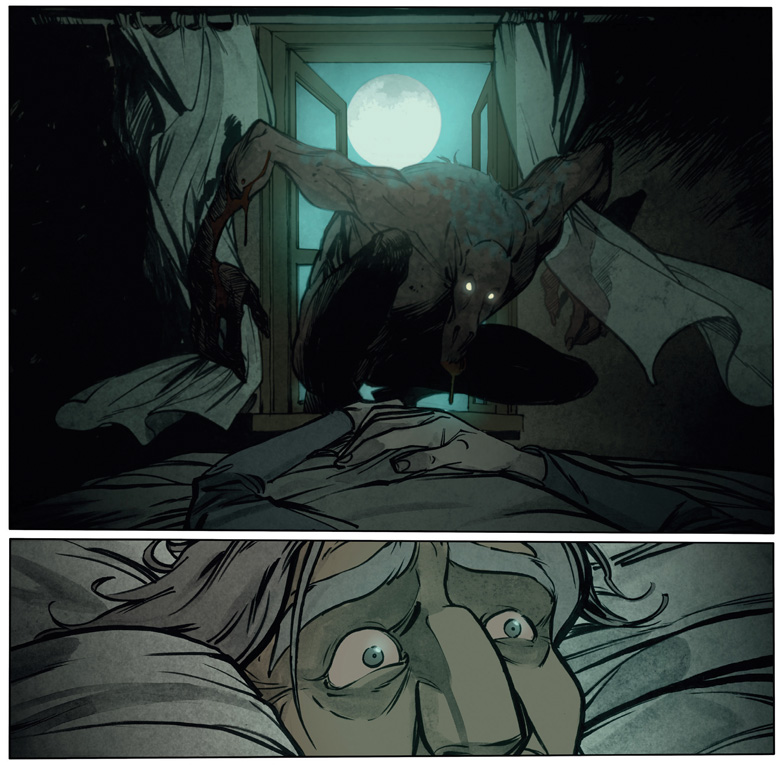


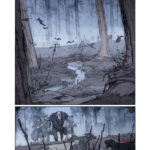
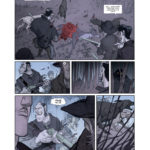
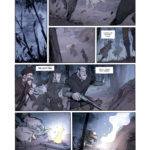
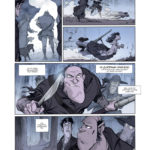
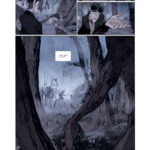
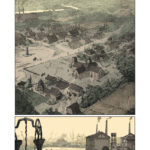
 Many readers will of course be familiar with your wonderfully successful creation BLACKSAD, but some might not realize it was in fact your first published book and that your background is in animation. How did you first get involved in animation as a profession?
Many readers will of course be familiar with your wonderfully successful creation BLACKSAD, but some might not realize it was in fact your first published book and that your background is in animation. How did you first get involved in animation as a profession? That’s when you first met Juanjo Guarnido, who soon after went to France to work at Disney. How did you two stay in touch?
That’s when you first met Juanjo Guarnido, who soon after went to France to work at Disney. How did you two stay in touch? You actually formed an animation studio with three other designers in the 1990s called Tridente Animation. What sort of work did you produce?
You actually formed an animation studio with three other designers in the 1990s called Tridente Animation. What sort of work did you produce?
 How did you collaborate with artist Jose Munuera? Did you share ideas, or was the script already defined for him before he started illustrating it?
How did you collaborate with artist Jose Munuera? Did you share ideas, or was the script already defined for him before he started illustrating it? After FRATERNITY, you took the mantle of the classic, world-renowned character CORTO MALTESE, penning the first two original tales of the adventurer after the passing of original creator Hugo Pratt. How daunting was that task, following in the footsteps of such a celebrated master on his most defining property?
After FRATERNITY, you took the mantle of the classic, world-renowned character CORTO MALTESE, penning the first two original tales of the adventurer after the passing of original creator Hugo Pratt. How daunting was that task, following in the footsteps of such a celebrated master on his most defining property? What new elements did you want to bring to CORTO MALTESE?
What new elements did you want to bring to CORTO MALTESE? What else can readers look forward to next? Are there any upcoming projects that you are particularly excited for, or any project ideas you hope to someday write?
What else can readers look forward to next? Are there any upcoming projects that you are particularly excited for, or any project ideas you hope to someday write?


